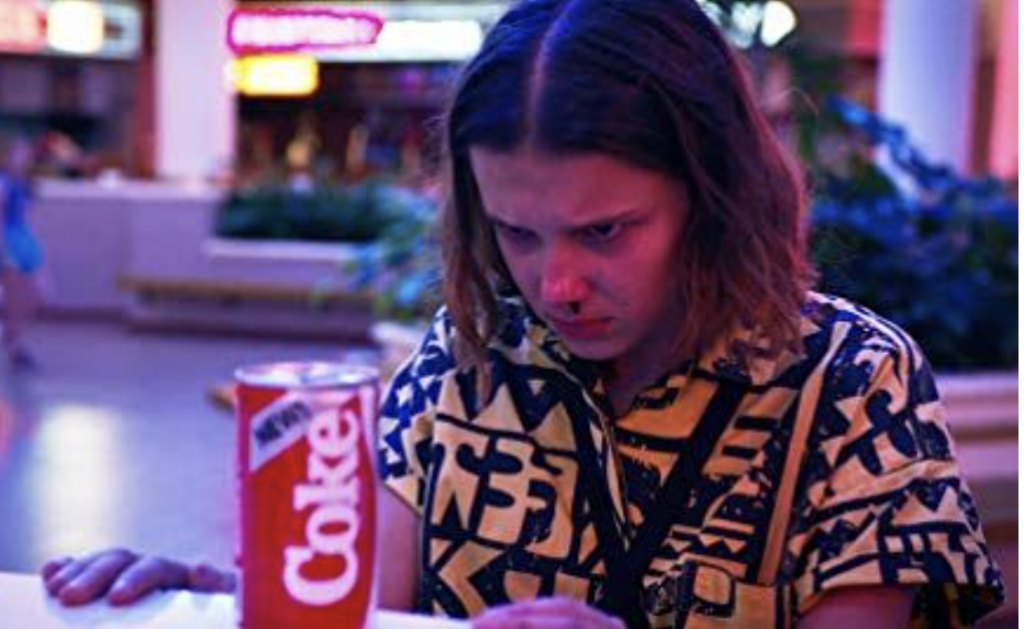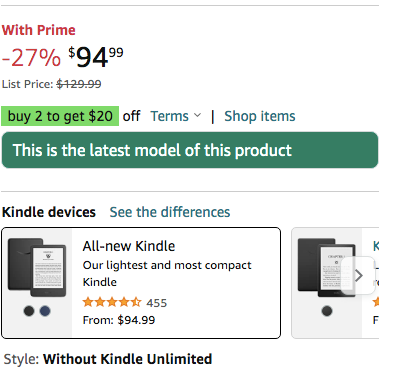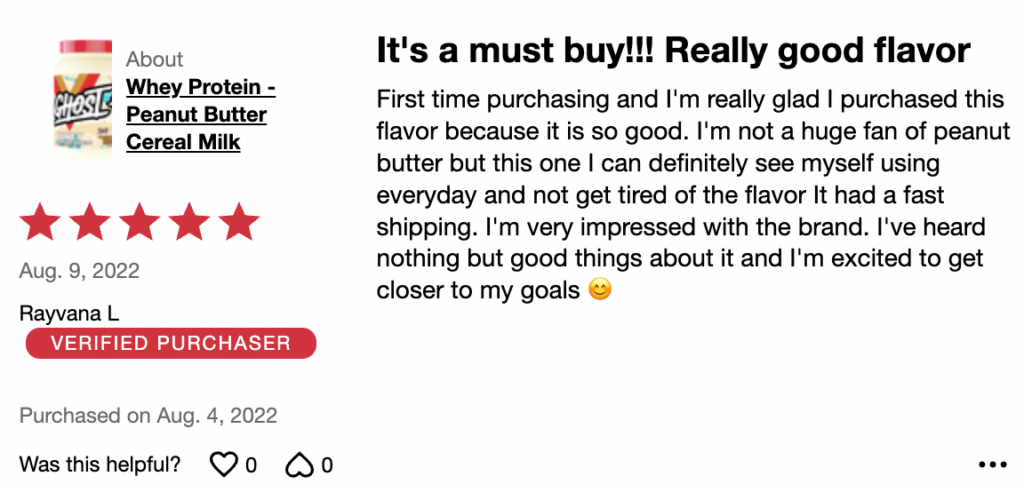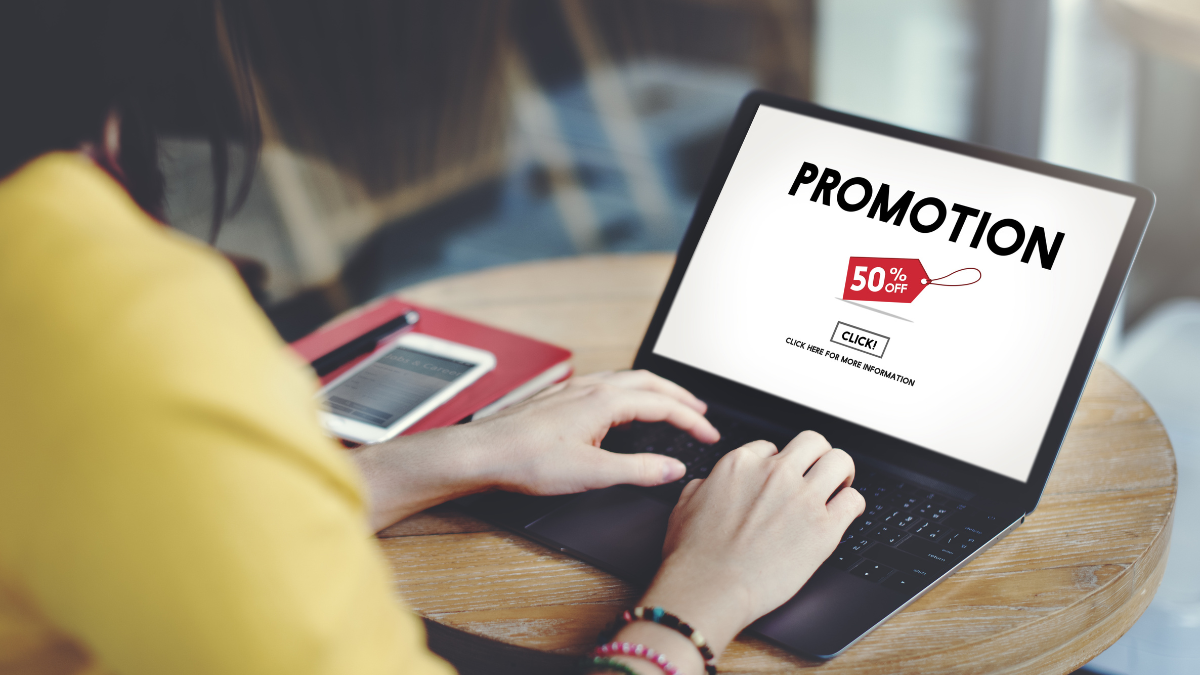Product promotions are still, to this day, the most effective method to increase your business growth and revenue.
However, creating effective and high converting promotions is a tactic that requires analyzing your customers shopping behavior.
No need to worry, in this article we’ll explore the 5 most effective promotion tactics to get you started!
What is a product promotion?
Product promotions are focused on spreading information about products in a persuasive manner. Although promotions can be based on discounts, deals or any other incentive offers, it doesn’t have to be.
The main goal of product promotions is to create awareness, build loyalty, grow sales, and gain interest.
Product promotion is one of the most important aspects of a marketing strategy as it serves on attracting and enticing customers to purchase the products.
Check out “How to create effective marketing strategies” for more ways to market a product.
5 product promotions tactics
Although products are designed with a purpose, they still need promotion to sell the product.
Product promotion is the main factor for getting the product to the masses and getting some sales in – with any product, you need product promotion.
Product promotions work in a number of ways. Here are some tactics for product promotions.
1. Sense of urgency
Sales end in 12 hours – or any other time frame creates a sense of urgency. Businesses use urgency usually with discounts or sales. We want to seek out pleasure and avoid pain.
The sense of urgency relates to those core feelings. If we don’t buy the product now at a cheaper price we risk missing out on saving money.
An example urgency
Katespade, currently has a sitewide sale, with many products only available for 24 to 48 hours. They list the non-sale price and then the sale price right underneath, making it clear what customers would be missing out on.
Customers feel a sense of urgency and if they’re ready to buy, it’s an easy yes to purchasing a product.

2. Familiarity principle
Familiarity is the psychological principle that is based on people choosing what is familiar, over what is unfamiliar. This is why many people can hesitate to watch new shows but have an easier time watching familiar shows.
Before our civilized world, familiarity meant being safe and secure. We still have adopted these principles in our modern life, but marketers know this too.
Familiarity can be used with giveaways to help people identify with your brand. The more they continue to see the product by customers sharing or liking the giveaway posts, the more likely customers will purchase the product.
Familiarity is also used with promotions in general. The more likely we are see to something, the more we become familiar with the product, and again, it makes it an easier decision to purchase.
An example of familiarity
Product placement is a good example of familiarity. Seeing a product used in a movie creates that immediate impression of notoriety and then when we’re looking to purchase a product if we’ve seen it on the big screen it becomes familiar to us.
Coke valued 3 million dollars on product placement with the series Stranger Things on Netflix.

3. Reciprocity
People are known to be inclined to do something for someone, who’s done something for them – this reciprocity. The same principle applies to promotions.
A business could offer a free gift, free shipping or another offer to give to consumers. Giving more value away than the product is worth, creates this indebtedness where people will give back, by purchasing.
Customers can be inclined to purchase when there offered a free gift with their purchase.
An example of reciprocity
Nordstrom offers a free gift with a purchase of one of their makeup kits right now.
They even reference it’s a $113 value, but you only pay $42.50. It makes this feel like such a great value purchase and that there doing you a favor.

4. Perceived value
Many product promotions showcase different pricing. They show what the price would be and they show the actual price. It may say normally $69.99, now $49.99 – this is the perceived value.
Showcasing the difference between prices makes it easy for customers to see the value they’re getting. (Recipriotiy is normally with receiving something, like a free gift, guide or discount. Perceived value focuses on the value alone).
An example of perceived value
Amazon does a great job of showcasing the deals customers are getting.
They usually show the price it originally was, the price you’re getting, and even the percentage off your getting from the product. It clearly shows the value you’re getting by purchasing the product.

5. Social proof
People are influenced by the actions and opinions of others. Businesses often include testimonials and reviews. It creates a sense of trust knowing that other people are happy with the product.
An example of social proof
GNC showcases customer reviews and ratings with all their products.
Customers browsing online for gym supplements may be unsure about flavors or the brand, but having real customer reviews can persuade buyers to purchase.

How to promote your products?
Now, that you have product promotion tactics, it’s time to create your own promotions.
Step 1: Know the 4 P’s of product promotions
The 4 P’s are essential to promoting a product. They help you understand where your product is in the market.
Product – Understand your features, benefits, competitors, and target audience
Price – How much should your product cost?
Placement – Know where your product stands in the market and where your product fits.
Promotion – Know how you’re going to promote your product (this is what we talked about above)
Step 2: Start creating promotions
The information we mentioned above can help you create your advertising material. Are you going to offer more value within the product to use reciprocity?
Or are you going to put urgency with your product promotion? You’ll also need to know where to market your product.
This information should have been thought about within the placement section of the 4 Ps.
Step 3: Launch your product
Now, it’s time to launch your product. We’ll admit these 3 steps aren’t the only things to consider when launching a product, but they can give you a baseline for starting how to promote your products.
We want you to use this to take action and start generating the ideas needed to launch.
For more information on products, we have a wealth of knowledge base check out:
Use Product Promotions with Breadstack
Breadstack Chatso let’s you offer promotions and coupons directly to the customers through an online chat service along with so many other features.
Breadstack Chatso is more than live chat. It is a tool to boost order value and move inventory and an engine to delight and create repeat customers. It also reduces cart abandonment and knows how valuable a customer is to your business
Ready to try it out?

